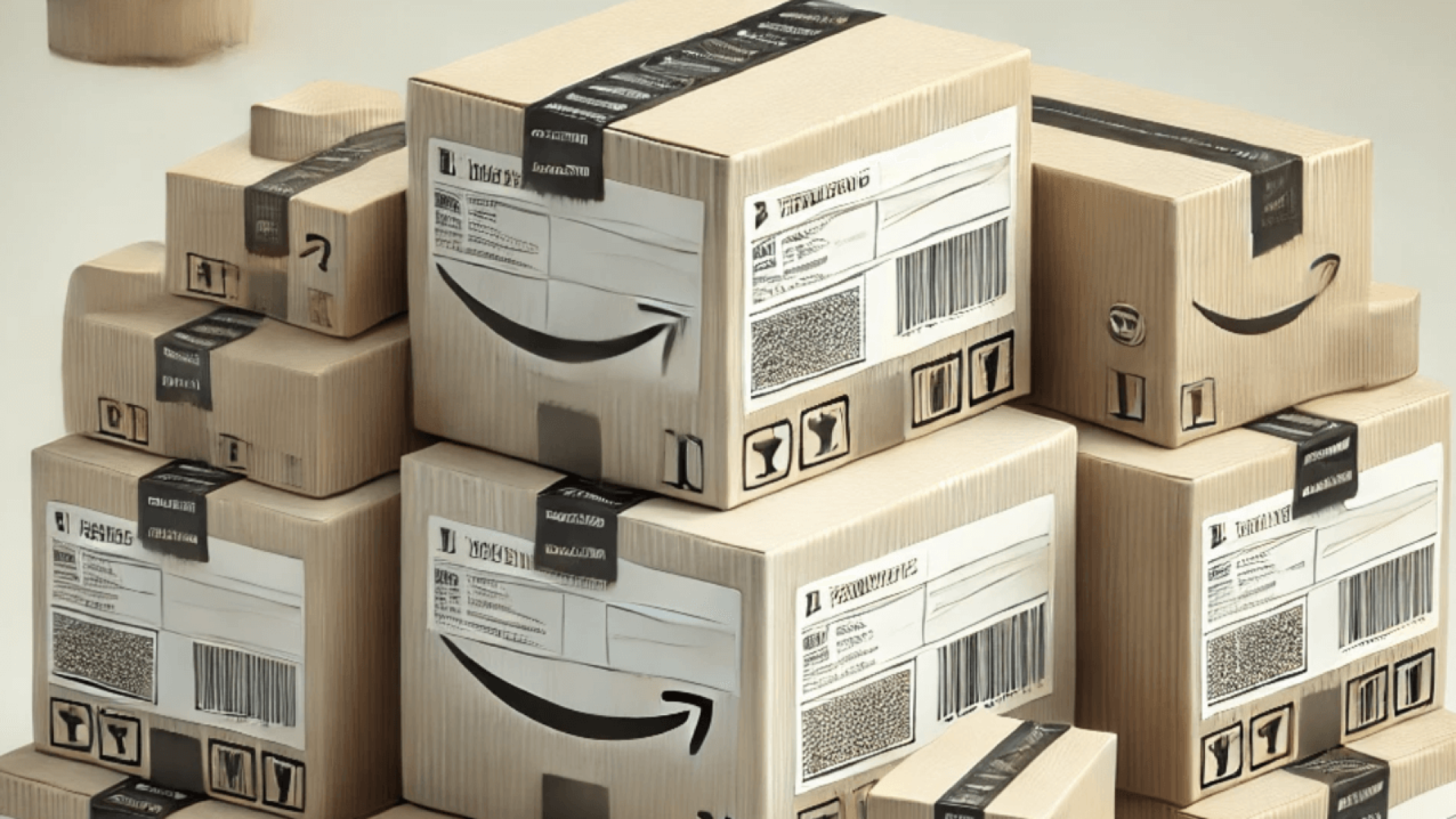In recent years, the landscape of consumer spending in the United States has undergone a significant transformation. The aftermath of global disruptions has led consumers to become increasingly discerning in their purchasing decisions, particularly when it comes to discretionary goods.
This trend of “prioritization” in spending habits, long observed in the realm of non-essential items, is now making its mark on essential categories like food and beverage retail, signaling a cautious approach that spans across various sectors. Marshal Cohen, chief retail industry advisor for Circana, sheds light on this evolving pattern, noting a discernible shift in how consumers allocate their budgets towards essentials.
A Closer Look at Consumer Spending Trends
Circana’s latest data for February reveals a nuanced picture of consumer spending. While food and beverage revenue saw a marginal growth of 1% year-over-year (YoY), unit sales remained stagnant. Non-edible consumer packaged goods fared slightly better, with revenue growing by 2%, despite a 1% fall in unit sales.
This performance, although modest, contrasts sharply with the 5% revenue decline and 4% drop in unit sales experienced by discretionary general merchandise. These figures highlight a broader trend of caution among US consumers, who are increasingly judicious in their spending across both essential and non-essential categories.
Marshal Cohen reflects on this phenomenon, stating, “Consumers are settling into their new spending pattern of buying what they need as they go. They are not overextending themselves financially, but they are not going without, either.” This balanced approach to consumption suggests a strategic shift in consumer behavior, where individuals are carefully weighing their financial commitments against their immediate needs and desires.
Economic Backdrop: Debt and Delinquency
The backdrop to this shift in shopping behavior is a US consumer landscape characterized by slightly higher levels of debt and delinquency. According to the latest data from the Federal Reserve of New York, the fourth quarter of 2023 saw aggregate household debt increase by 1.2% from the previous quarter, with delinquency rates experiencing a slight uptick of 0.1% to 3.1%.
Interestingly, this rate remains 1.6% lower than the delinquency rate observed in the fourth quarter of 2019, suggesting that while debt levels have risen, consumers are largely managing to keep their financial obligations in check.
The Resilience of Personal Spending
Despite the challenges posed by increased debt and cautious spending patterns, personal spending in the US remains resilient. In January, personal spending rose by 0.2% YoY from the month before, driven by a $121 billion increase in spending on services.
This uptick, however, was offset by a $77 billion decline in spending on goods, indicating a shift in consumer priorities towards experiences and services over physical products.
Implications for Retailers
The evolving consumer spending patterns have profound implications for retailers, especially those in the food and beverage and general merchandise sectors. Retailers must adapt to these changes by understanding the nuanced needs and preferences of their customers, offering value that aligns with their priorities.
Strategies such as emphasizing quality over quantity, enhancing the shopping experience, and leveraging technology to offer personalized services and promotions can help retailers navigate this shifting landscape.

Looking Ahead Regarding Adapting to New Consumer Realities
As consumers continue to navigate their financial realities, their spending behaviors are likely to keep evolving. Retailers and brands that stay attuned to these changes and adapt accordingly will be better positioned to thrive in this new environment. Emphasizing transparency, sustainability, and value will be key in appealing to the discerning consumer of today.
Moreover, as the economy stabilizes and consumer confidence potentially rebounds, there may be opportunities for retailers to re-engage customers with innovative offerings that resonate with their emerging needs and values.
To sum things up, the shift in US consumer spending towards a more cautious and deliberate approach reflects a broader transformation in the retail landscape. By understanding and adapting to these changes, retailers can forge stronger connections with their customers, offering products and experiences that meet their evolving needs.
As we move forward, the synergy between consumer insights and retail innovation will play a crucial role in shaping the future of the market.
For more eCommerce news, follow the Elite Automation Blog.


